Astrology of I Ching
$12.23
| Author(s) | , |
|---|---|
| Format |
|
| Pages |
461 |
| Published Date |
1993 |
The Astrology of I Ching is based on a manuscript written in ancient classical Chinese, the title of which, translated literally, is ‘Ho Map Lo Map Rational Number’. The Astrology of I Ching is the product of translations and interpretations made by W. K. Chu, Ph.D., edited and amplified by myself. Dr Chu is among the rare Chinese scholars who are qualified to translate and interpret classical Chinese.
Classical Chinese is written in ancient characters and without any punctuation. Many interpretations can be made, but few are the scholars who can truly provide the meaning and intent of what is written. I myself am a Sinophile and have lived in China several times in my life, as well as having studied I Ching at Fu Jen University in Taipei, Taiwan. The resultant book in English is such that it retains much of its ancient flavor, yet is modernized sufficiently to be understandable to and usable by Westerners.
Introduction:
The greater the understanding one has of I Ching, The Book of Changes, the more accurate will one’s interpretations be of The Astrology of I Ching. Both are based on the same concepts and derivations. Both share in ageless Chinese knowledge and philosophy. This is only natural, since I Ching is reputedly the embodiment of all things, and its applications are universal. There is only one development of Yang and Yin and their evolution into trigrams and hexagrams. What is different between the two books, though, is the application here of the Celestial Stems and Horary Branches, as a basis for determining the appropriate natal hexagram with its controlling line, and the subsequent evolvement into yearly and daily predictions.
The systems for using I Ching for astrological purposes were first set forth by scholars of the Ming Dynasty. As frequently happens with Chinese works, when this astrology was first presented it was attributed to a famous scholar in order to get it accepted rather than who actually developed the ideas being revealed. The Ming scholars said they were merely presenting what Shao Yung (1011-77) had taught. Others claim that its origin goes back many centuries earlier. What the Ming scholars are reputed to have done in developing The Astrology of I Ching is to have synthesized and molded ancient concepts into something plausible and usable, and they began with the concept of time.
The Astrology of I Clung is the most complete of the three astrologies associated with I Clung. The Nine House Astrology adopts the Lo Map and the meanings of the trigrams only. It does not consider the hexagrams as a whole, nor the meanings of the individual lines, so it is not truly worthy of being called I Ching astrology. The other system is the ‘Iron Plate Divine Number’ concept, but this is secret and not available.
Contents:
– Background and Computations
- Foundations
The sexagenary cycles - The basic computation
- The development of the basic Pre-Heaven hexagram
- The development of the controlling line
- Computations for the subcycles of life
- The Later Heaven hexagram
- The development of the yearly cycles
- Checklist
- Daily cycle calculations
- Starting the daily cycles
– Auspiciousness
- The basic and primary concepts of I Ching
- The elements of the hexagram
- The value of doubles
- The correspondence of months
- Additional favorable and unfavorable aspects
– The Predictions
- Basic factors
- Hexagrams 1-64, with natal, yearly and daily predictions
– Compatibility
- The selection of partners and companions
Astrology of I Ching By Wallace A. Sherrill, Wen-Kuang Chu pdf
5 reviews for Astrology of I Ching
Clear filtersOnly logged in customers who have purchased this product may leave a review.


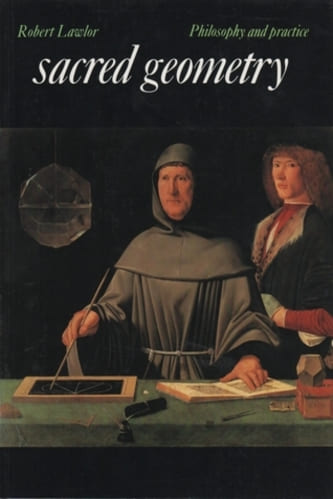
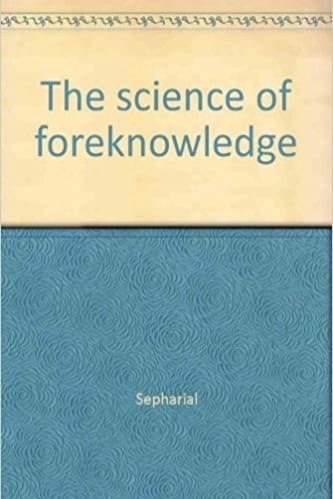
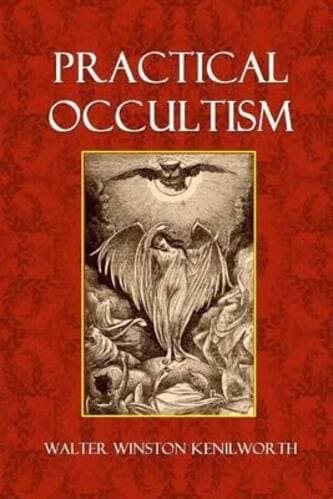
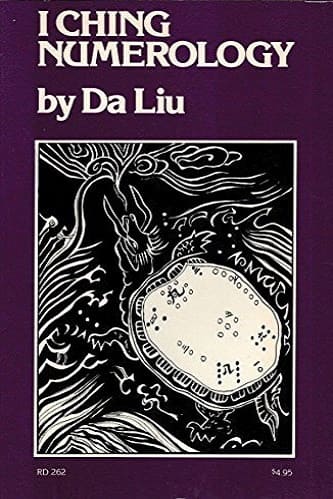
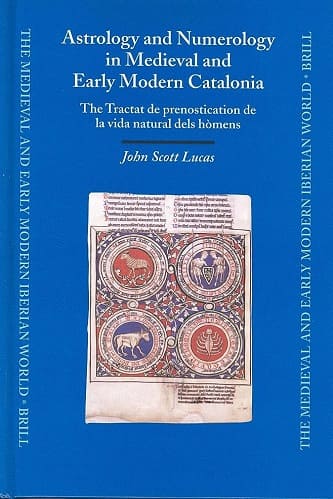
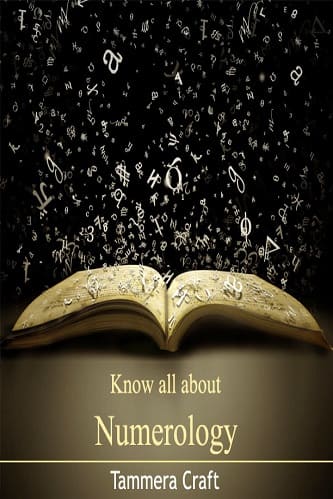
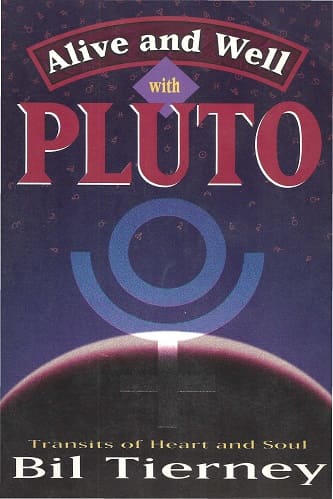

Alexa Gaines (verified owner) –
Information I haven’t found elsewhere in English. Comprehensive and detailed Astrological aspects of iching.
Ronald Willis (verified owner) –
a much better i ching than most of them. like most of them fails to explain how to interpret when many moving lines.
Elle Cisneros (verified owner) –
I give this book five stars for the sheer amount of research that has gone into it. For me it sparked a fresh look at chinese astrology as it links my keen interest in the i ching. It is very technical and includes lots of lists regarding chinese astrology so its not good for a casual read. On the other hand read this book for the amount of detailed information regarding chinese astrology and its relationship to the i ching.
Alden Caldwell (verified owner) –
this book is a staple for people who do anything with chinese astrology just like the wilhelm. most of these transcripts are written by long ago priests so you have to look at the works in somewhat of a spritual manner. they teach based on the tao, which is not a thing that questions everything but just observes. it is not about converting people or showing people how smart you are, it is about using the map in unison with the triagrams to plot a more productive way to live your life. it is all for application in a cirtain lifestyle that those who are living it already understand.
Kora Shepherd (verified owner) –
“”The Astrology of I Ching” is far more than a book of portents. It’s a complete philosophy and way of life as well… It shows how to handle any situation, and the improvements man can make by following the laws of heaven and earth”.
The quote from Sherill’s Introduction is most appropriate to “Ho Lo Map Rational Number” manuscript and this book as well, it shows why this system is so unique versus other astrological systems.
“The Astrology of I Ching” is based on Chu’s translation of the original “Ho Lo Map Rational Number” manuscript in ancient Chinese, Chu translated the hexagram interpretation in modernized and elaborated form without losing the essence of the original, the other chapters are Chu’s rewrite of the subject basing on the method in “Ho Lo Map Rational Number”.
This book is unique because:
1. This is the only English translation available.
2. Unlike most (arguably if not all) of the contemporary books on the same subject in Chinese language, this book gives more information / development beyond the original manuscript, which come from Chu’s research; whereas others are mere summary or simplification of the original, targeting for beginners. The treasures are:
– Chu’s modernized translation of hexagram interpretation, very well-done, is very helpful to all who are interested in I-Ching.
– Details of yearly delineation using yearly hexagram, together with its reverse/opposite/inner hexagram
– Use of Winter Solstice as start of year (though I have reservation in this approach)
– Adaptation for use in Southern Hemisphere
– Compatibility
For western readers who want to study “Ho Lo Map Rational Number”, this book is only one available and is great. For Chinese readers, you will be much delighted to read this book after completing the ancient manuscripts